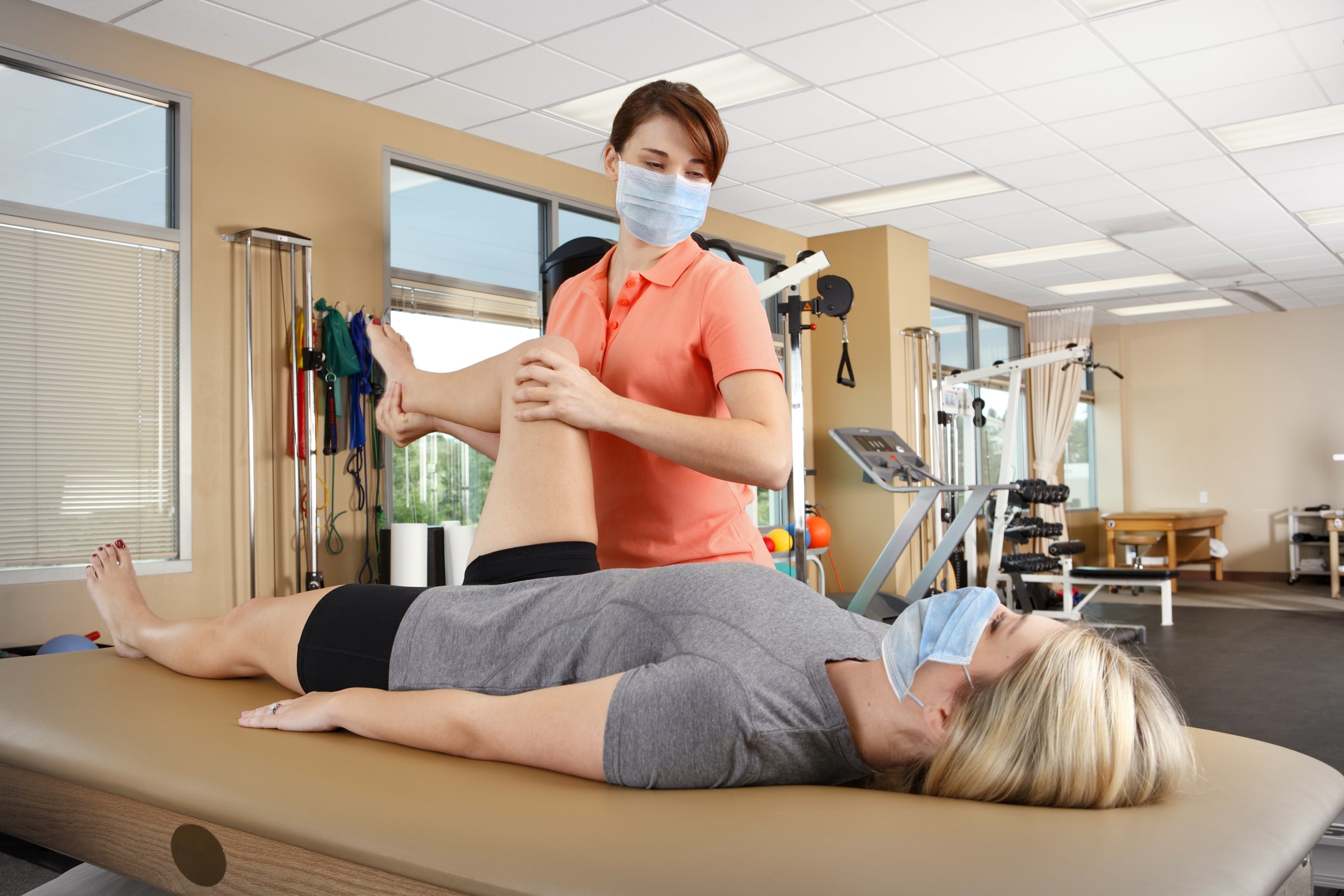
Persistent pain affects millions of individuals worldwide and can substantially diminish the standard of living. It can result from multiple disorders, such as arthritis, chronic pain syndrome, or previous traumas. While medications and treatments are commonly employed to manage pain, a expanding body of research shows that exercise can play a vital role in relieving chronic pain. Engaging in consistent physical activity can not only assist reduce pain intensity but also enhance overall well-being and capability. Understanding how exercise impacts the physical state can enable individuals to assume control of their pain management.
Physical activity has several bodily benefits that can aid alleviate chronic pain. When individuals participate in exercise activities, their systems produce endorphins, which are innate pain-relievers. Additionally, exercise can boost blood flow and fortify muscles, providing superior support for articulations. For those with issues like arthritis, low-impact workouts such as aquatic exercises or biking can assist maintain joint mobility without putting excessive stress on the system. Consistent exercise also assists in preserving a fit weight, which can lessen the pressure on weight-bearing joints and further alleviate pain.
In addition to its physical benefits, exercise has a positive impact on mental health. Chronic pain can often lead to emotions of anxiety and depression, which can exacerbate the experience of pain. Participating in consistent physical exercise can assist fight these feelings by boosting self-esteem and improving mood. Group exercises, such as yoga or pilates, also provide social interaction, which can improve emotional backing. This mixture of bodily and emotional health benefits makes exercise an essential component of a comprehensive pain management strategy.
It is crucial to approach exercise with caution, especially for those managing with chronic pain. Beginning slowly is vital to prevent exacerbating symptoms. Individuals should consider consulting healthcare professionals to create a tailored exercise program that considers into account their specific issues and constraints. Exercises such as flexibility training, walking, or light yoga can be great initial points. Slowly increasing the intensity and duration of sessions can assist build strength and endurance without inducing undue stress on the body.
In conclusion, utilizing the benefits of exercise can substantially reduce chronic pain and improve quality of life. Regular physical activity not only assists to lessen pain through the release of endorphins and enhanced muscle strength but also supports mental well-being. By including exercise into regular routines, patients can empower themselves in managing their pain. A careful and knowledgeable method functional movement training to exercise, guided by healthcare professionals, can bring to lasting benefits in health and overall quality of life.